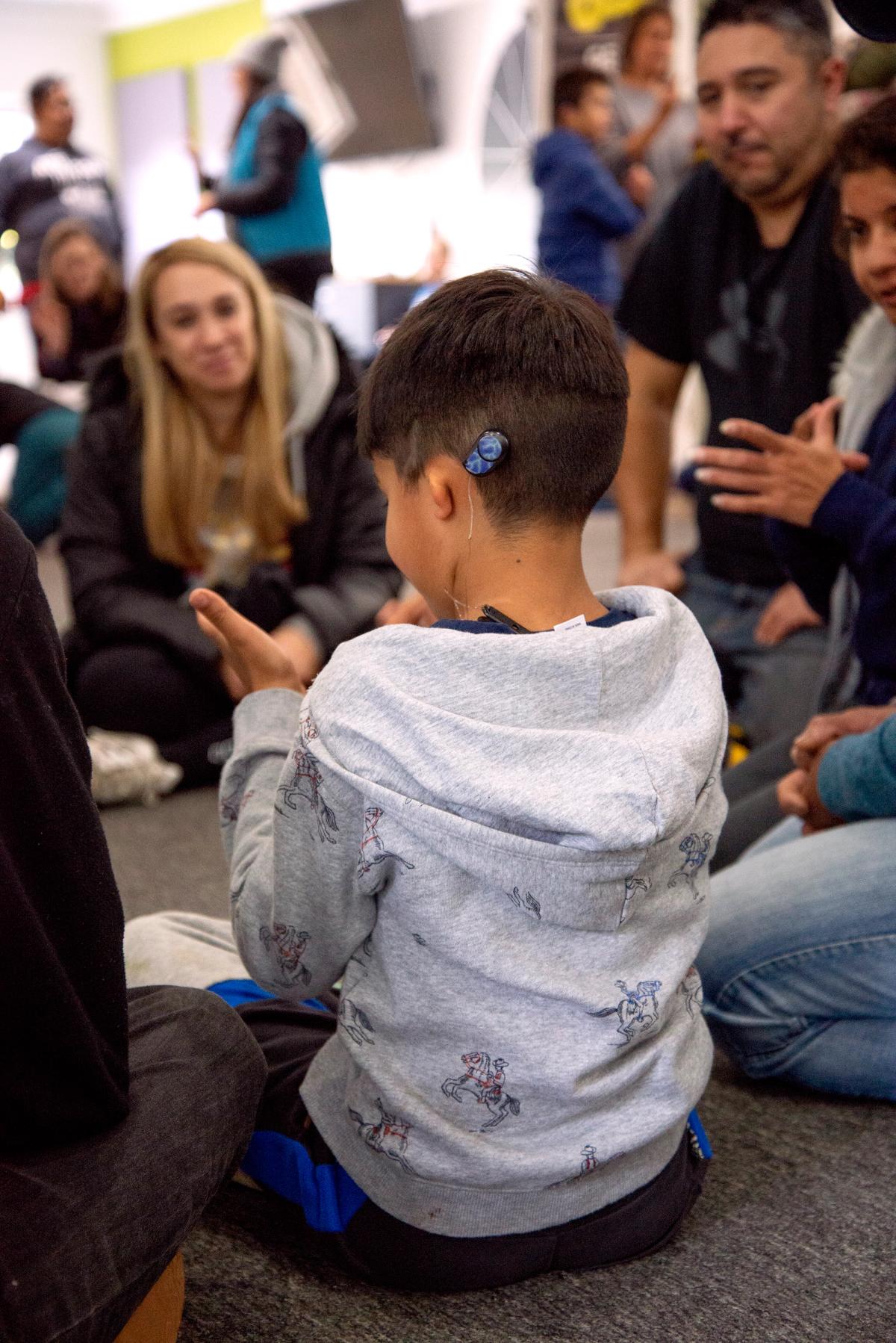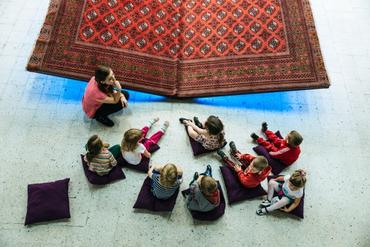Education of the Deaf in Australia and Norway: A Comparative Study.
Greater use of sign language combined with social interaction strategies are could benefit deaf and hard of hearing students feel included.

What was this article about?
This article, published in 2005/2006, compares the education systems for deaf and hard of hearing students in Norway and Australia. It looks at how and why they are different, and what inclusion means in both systems.
What are the key findings?
- It finds that while the education systems for each country are quite different, both countries fall short when it comes to inclusion of deaf and hard of hearing students. Neither lives up to its policies on inclusion.
- Of all Australian deaf and hard of hearing students, 83% attend regular schools and placed in regular classes, and 64% had severe or profound hearing loss. Researchers found that deaf and hard of hearing students were included academically, but not socially.
- Deaf and hard of hearing students placed in general classes results in the typical experience for a deaf or hard of hearing students to be learning full-time in a regular school, as the only deaf student at that school.
- Students could benefit from social intervention strategies and greater use of sign language in the classroom.
Where can I read more about this article?
Education of the Deaf in Australia and Norway: A Comparative Study of the Interpretations and Application of Inclusion.
Printable 378 KB PDF



